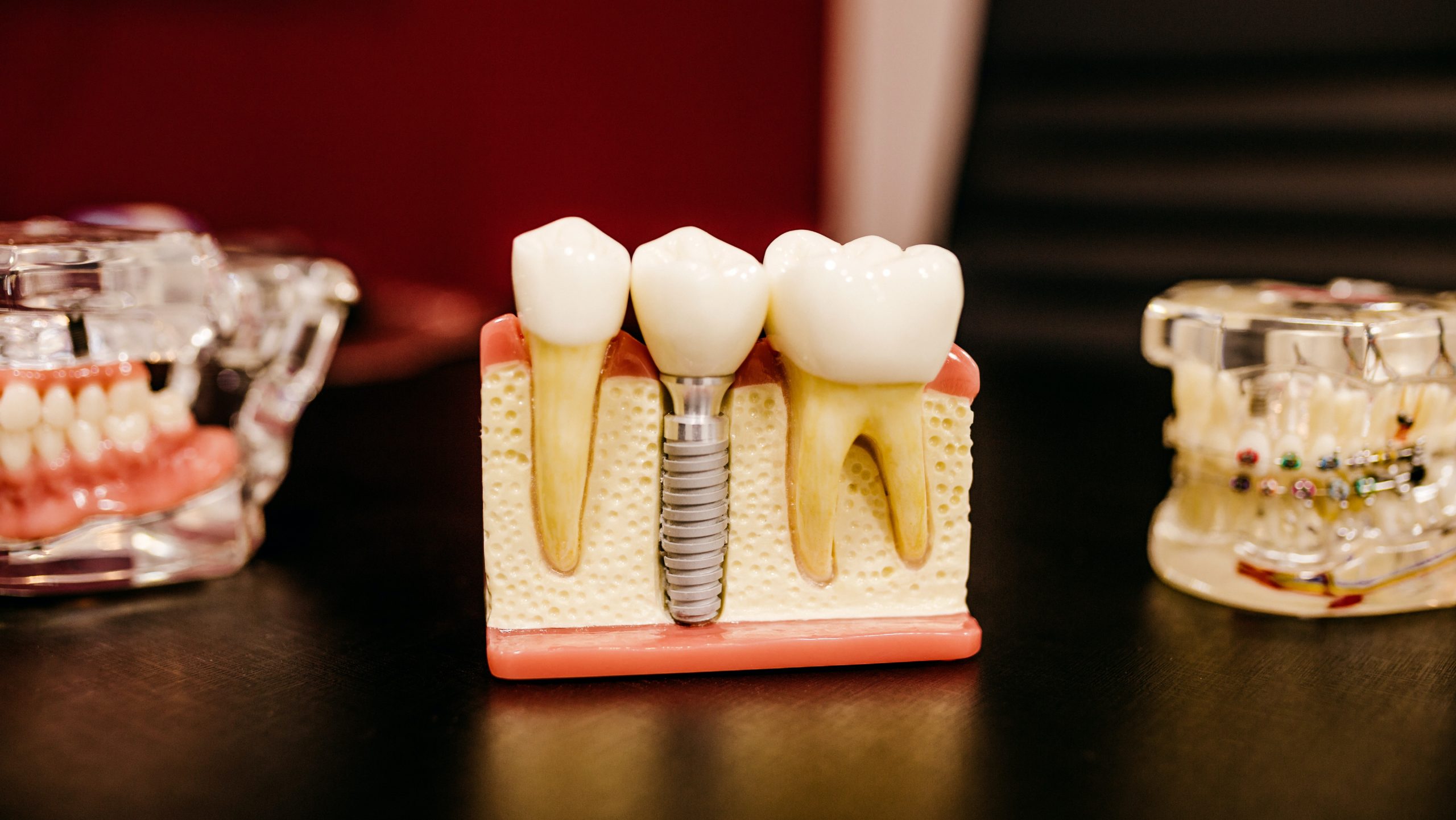
Mercury and its compounds
Mercury
Main Industries and Occupations at Risk
Inorganic Mercury
- Electrolytic production of sodium hydroxide, chlorine and acetic acid (as a fluid cathode);
- Manufacture of artificial silk;
- Manufacture of scientific instruments (e.g.,barometers, thermometers), electrical equipment (e.g. batteries, meters, switches, rectifi ers), mercury vapour and incandescent lamps, X-ray tubes and radio valves;
- Dentistry (i.e., amalgams);
- Manufacture of amalgams (with copper tin, silver or gold) and solders (with lead and tin);
- Plating of gold, silver, bronze and tin (jewellers);
- Paint and pigment manufacture;
- Tanning and dyeing, felt making;
- Used as a catalyst in the chemical industry, e.g., production of acetic acid and acetaldehyde from acetylene;
- Taxidermy;
- Photography and photogravure;
- Mining and extraction; extracting gold and silver from ores;
- Laboratories – soil testing (mercury used as a pressure medium); – brewery (analysis for protein content in malt); and – schools
Organic Mercury
- Manufacture and use of certain pharmaceutical products (e.g., antiseptics, germicides, diuretics and contraceptives);
- Manufacture and use of pesticides (e.g., algicides, fungicides, herbicides);
- Manufacture and use of paints and waxes (e.g., antifouling paints, preservatives in paints, latex paints, fungus proofi ng of fabrics, paper, wood);
- Used as catalysts and alkylating agents in the chemical industry.
Medical Examinations
Indications
- Any exposure to mercury or its compounds
Types of Tests and Frequency of Examinations
- Pre-placement medical examination: within three months of exposure
- Clinical examination shall include a detailed medical and work history with emphasis on:
- i. past, present and anticipated exposure to mercury;
- ii. central nervous system disorders, including tremors.
- For inorganic mercury exposure, estimation of urinary total mercury (U-Hg)
- i. USE EARLY MORNING URINE SPECIMEN. Collect urine specimen directly into clean containers. Advise worker to avoid seafood for at least 3 days prior to collection.
- ii. Results are corrected to SG of 1.016.
- For organic mercury exposure, estimation of blood mercury concentration, at end-of-shift end-of workweek
- Unfit for exposure to mercury:
- i. Persons diagnosed with renal, behavioural or neurological disorders
- Clinical examination shall include a detailed medical and work history with emphasis on:
- Periodic medical examinations: every 12 months
- Clinical examination and history with particular emphasis on the central nervous system, symptoms of weight loss, insomnia and personality changes
- In the case of organic mercury, examine the skin for dermatitis or burns
- For inorganic mercury exposure, estimation of total urinary mercury (U-Hg) concentration in an early morning urine specimen
- BTLV for urinary mercury (U-Hg) = 50 mcg/L Action level for U-Hg = 40 mcg/L
- For organic mercury exposure, estimation of blood mercury (B-Hg) concentration, at end-of-shift end-of workweek
- BTLV for blood mercury (B-Hg) = 25 mcg/L Action level for B-Hg = 20 mcg/L
- Clinical examination and history with particular emphasis on the central nervous system, symptoms of weight loss, insomnia and personality changes
Special Instructions
Females in the reproductive age should not work in areas where there is significant mercury exposure (particularly alkyl mercury compounds).
Criteria for Exemption from Medical Surveillance
Employer may apply for exemption from medical surveillance if all the following conditions are met:
- No potential skin contact;
- No likelihood of oral ingestion;
- U-Hg / B-Hg test results within range for normal unexposed population;
- Mercury-in-air levels are not detectable.
Treatment
All cases of mercury poisoning must be immediately removed from exposure. Acute poisoning cases must be referred for hospital treatment.
